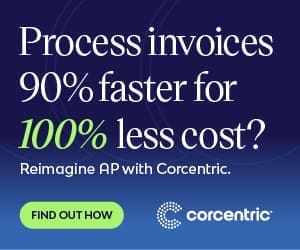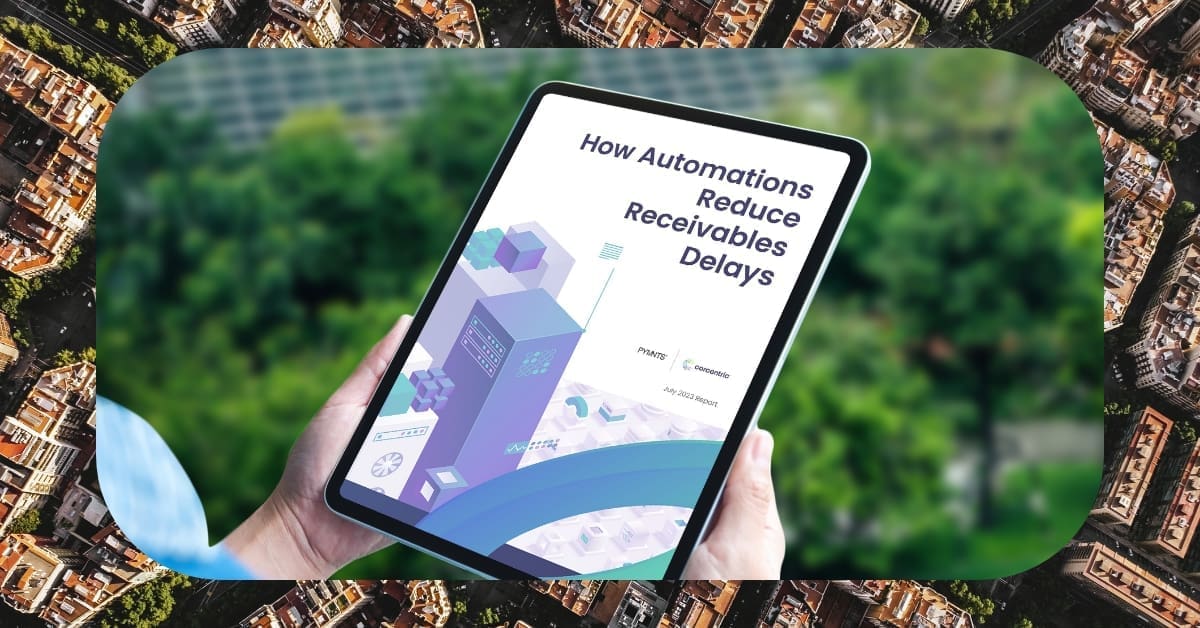Reducing Financial Risk With An Order To Cash Solution
Corcentric

KPI ACCOUNTING DEPARTMENT
Organizations have long been optimizing operations to reduce financial risk, increase efficiency, and drive greater value. In the accounting and finance departments, modern software solutions have emerged as practical tool to meet these objectives. An Order to Cash solution is one such option that provides proactive and responsive management of revenues, expenses, payments, and liabilities.
This guide provides an in-depth look at the essential components of an effective Order to Cash solution and how they are best utilized by accounting departments to enhance risk management.
What is Order to Cash?
An Order to Cash (OTC) solution, also known as Revenue Cycle Management (RCM), is comprehensive software platform aimed at streamlining and automating the entry, management, and collection of financial transactions. With the support of an OTC solution, accounting departments can more effectively manage the full order-to-cash process from order entry through payment collection. It provides invaluable oversight to enhance the accuracy and reliability of entries, streamline financial transactions, and improve visibility into the overall financial health of the organization.
What Are the Benefits of an OTC Solution?
An OTC solution avail several advantages that can be leveraged by accounting departments to mitigate financial risks, more efficiently manage operations, and drive greater fiscal value. These benefits include:
? Automation: An OTC solution eliminates manual data entry, reducing errors, reducing overall processing time.
? Improved Accuracy: With an OTC solution, organizations can be assured that all entries are accurate and compliant with appropriate regulations and policies.
? Improved Visibility: With automated data aggregation and reporting capabilities, accounting departments can gain unprecedented insight into the full order-to-cash process and the financial health of the organization.
? Cost Reduction: An OTC solution can reduce overhead costs associated with manual order processing, overhead costs associated with manual invoicing, labor costs associated with manual reconciliation, and costs associated with manual payments.
? Enhanced Efficiency: By streamlining and automating financial transactions, OTC solution enable organizations to be more efficient and increase operational speed.
Evaluating OTC Solution
When evaluating an OTC solution for your organization, the following key considerations should be taken into account.
1. UI/UX: Ensure the solution has an intuitive user interface that is easy-to-use and navigate.
2. Reporting and Analytics: Check to guarantee that the solution offers robust data reporting and analytics capabilities.
3. Security and Compliance: Reassess if the solution is compliant with applicable regulations and policies.
4. Automation: Ensure the solution offers automation capabilities, including automated data entry, processing, and billing.
5. Scalability: Confirm the solution is reliable, scalability, and has the capacity to manage growth.
Implementing an OTC Solution
When implementing an OTC Solution, it is important to ensure the process is conducted in an organized and efficient fashion in order to maximize its effectiveness and minimize any potential risk.
1. Establish Expectations: Identify the current financial transaction process and set expectations for implementing the OTC Solution.
2. Research Select: Research to identify the best OTC solution for your organization, compare and contrast features and benefits, and select the most suitable option.
3. Migrate Data Set-Up: Migrate existing financial data, configure settings, and establish user access.
4. Test Training: Run test scenarios to guarantee functionality, provide training and resources to employees, and ensure all stakeholders are on the same page.
5. Integrate Go-Live: Integrate the OTC solution with other software platforms, review business procedures, and officially go-live.
Conclusion
An Order to Cash solution can provide an invaluable tool for optimizing financial operations, enhancing visibility into transactions, mitigating risks, and driving greater value for organizations. It is important for accounting departments to thoroughly evaluate OTC solutions to ensure the software meets all needs and to ensure the implementation process is conducted in an effective and efficient manner. By leveraging an OTC solution, accounting departments can tap into immense potential to reduce risk and increase productivity.

